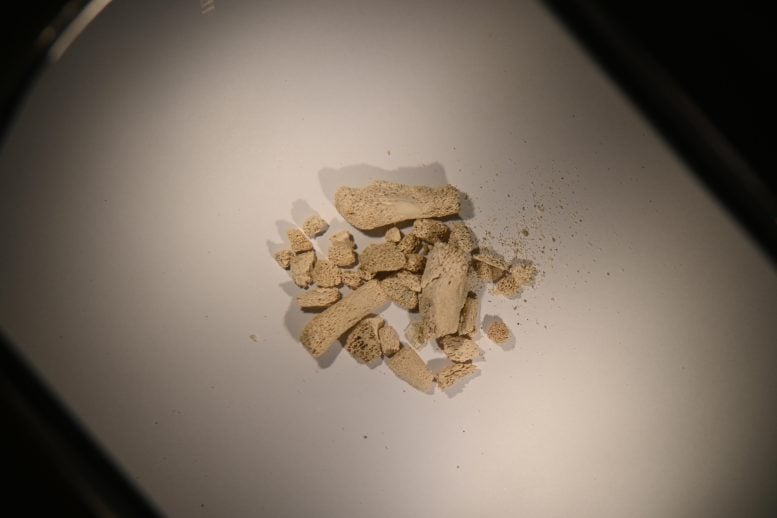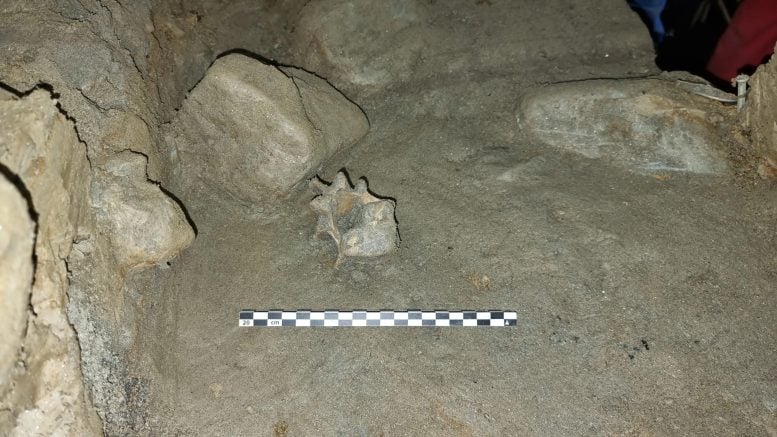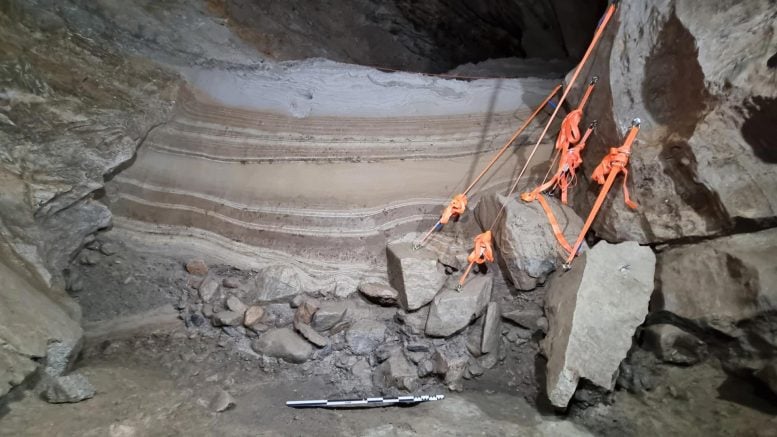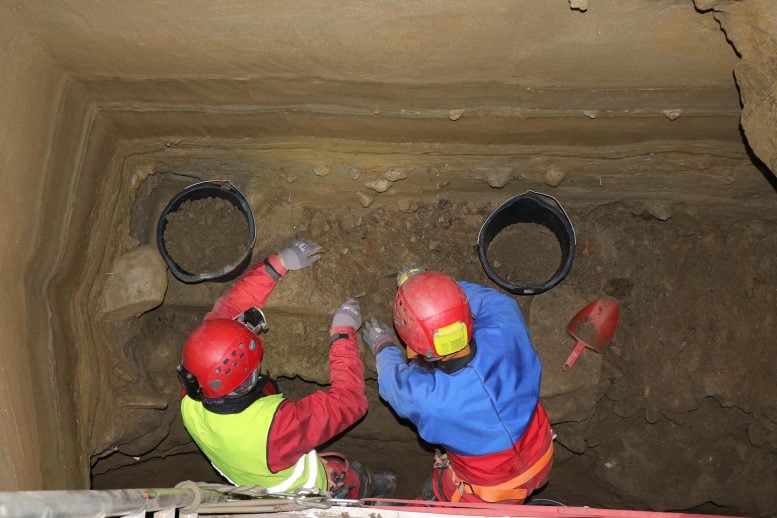
A cave in Norway preserved remains of 46 Ice Age species. The discovery shows how cold-adapted animals struggled with climate shifts.
Researchers have discovered the remains of a large animal community that thrived in the European Arctic around 75,000 years ago.
Within a cave along the coast of Northern Norway, they identified bones from 46 different species of mammals, fish, and birds. This remarkable find represents the earliest known evidence of an animal community in the European Arctic during a warmer stage of the Ice Age.
Details of the study have been published in the Proceedings of the National Academy of Sciences (PNAS).
According to the research team, these fossils offer valuable clues about how Arctic wildlife once adapted to major climate changes, knowledge that could be critical for guiding modern conservation efforts.

Rare glimpse into Arctic life
“These discoveries provide a rare snapshot of a vanished Arctic world,” said the study’s first author Dr Sam Walker of Bournemouth University and the University of Oslo. “They also underscore how vulnerable cold-adapted species can be under changing climate conditions, which can help us to understand their resilience and extinction risk in the present,” he added.
The remains included species such as polar bear, walrus, bowhead whale, Atlantic puffin, common eider, rock ptarmigan, and Atlantic cod. The team also uncovered bones of collared lemmings, a species now extinct in Europe and previously unknown in Scandinavia until this discovery.
Genetic analysis revealed that the lineages of these animals did not persist once colder climatic conditions returned.
Secrets of the Arne Qvamgrotta cave
“We have very little evidence of what Arctic life was like in this period because of the lack of preserved remains over 10,000 years old,” said senior author Professor Sanne Boessenkool of the University of Oslo. “The cave has now revealed a diverse mix of animals in a coastal ecosystem representing both the marine and the terrestrial environment,” she added.

The Arne Qvamgrotta cave was first uncovered in the 1990s during tunnel construction by a local mining company. For nearly three decades, it remained mostly untouched, until researchers conducted major excavations in 2021 and 2022 that finally revealed its hidden contents.
The variety of animals suggests the habitat at the time was largely ice-free along the coast after glaciers had melted. This would have provided a suitable habitat for the migratory reindeer whose remains they discovered.
Climate change challenges for cold-adapted species
The presence of freshwater fish means there would have been lakes and rivers within the tundra, and there must have been sea ice off the coast for some of the mammals, such as bowhead whales and walruses. The sea ice was likely to be seasonal because harbour porpoises, also found amongst the animal remains, are known to avoid ice.
Although these animals colonized the region after the glaciers melted during this period, it appears that whole populations died as they could not migrate to alternative ecosystems when the ice returned and covered the landscape.

“This highlights how cold-adapted species struggle to adapt to major climatic events. This has a direct link to the challenges they are facing in the Arctic today as the climate warms at a rapid pace,” said Dr Walker. “The habitats these animals in the region live in today are much more fractured than 75,000 years ago, so it is even harder for animal populations to move and adapt,” he added.
“It is also important to note that this was a shift to a colder, not a period of warming that we are facing today,” Professor Boessenkool said. “And these are cold-adapted species – so if they struggled to cope with colder periods in the past, it will be even harder for these species to adapt to a warming climate,” she concluded.
Reference: “A 75,000-y-old Scandinavian Arctic cave deposit reveals past faunal diversity and paleoenvironment” by Samuel J. Walker, Aurélie Boilard, Mona Henriksen, Edana Lord, Marius Robu, Jan-Pieter Buylaert, Liselotte M. Takken Beijersbergen, Lene Synnøve Halvorsen, Adriana M. Cintrón-Santiago, Emma Katrin Onshuus, Christopher Alan Cockerill, Gabor Ujvari, László Palcsu, Marjan Temovski, Jenny Maccali, Henriette Linge, Jesper Olsen, Sverre Aksnes, Anastasia Bertheussen, Ola Lygre, Inger G. Alsos, Love Dalén, Bastiaan Star, Anne Karin Hufthammer, Thijs van Kolfschoten, Stein-Erik Lauritzen, Trond Klungseth Lødøen and Sanne Boessenkool, 4 August 2025, Proceedings of the National Academy of Sciences.
DOI: 10.1073/pnas.2415008122
Never miss a breakthrough: Join the SciTechDaily newsletter.
1 Comment
“…, such as bowhead whales and walruses. The sea ice was likely to be seasonal because harbour porpoises, also found amongst the animal remains, …”
With sea level being much lower during this time, the mixture of marine and terrestrial animals suggests to me that what was found were the bones of animals brought to the cave by early hominids. The absence of paleolithic artifacts does not rule out hominids. Yet, there is no mention of how birds, polar bears, and whales all ended up some distance from their normal habitats. The only other reasonable explanation for me is that polar bears and/or brown bears brought their kills to the cave to be consumed.